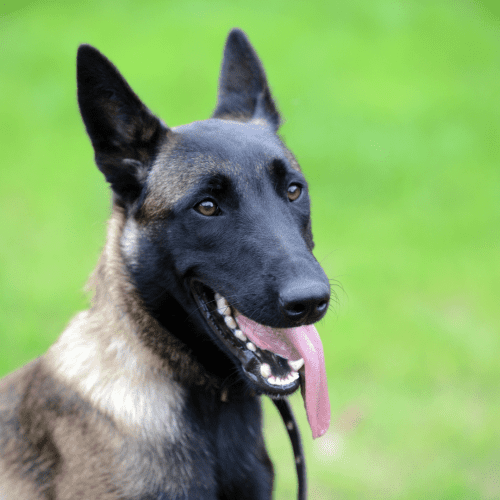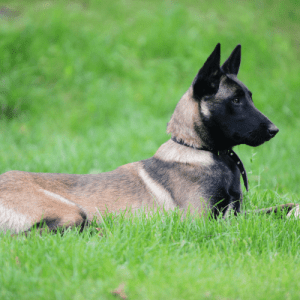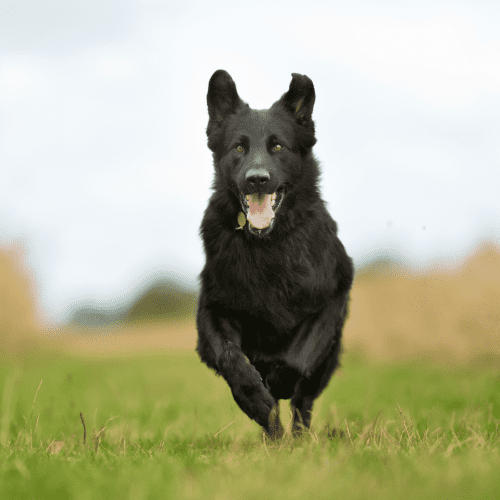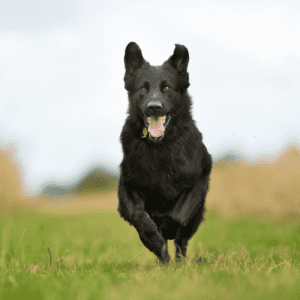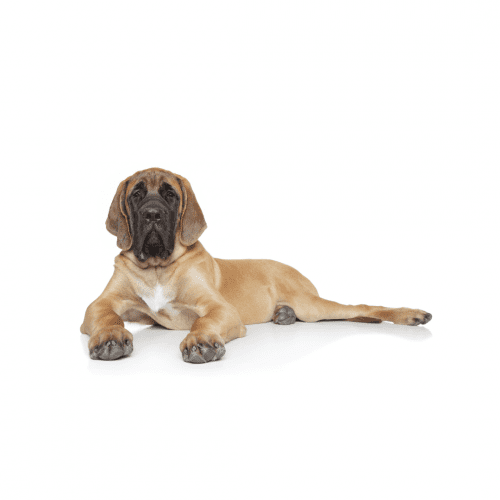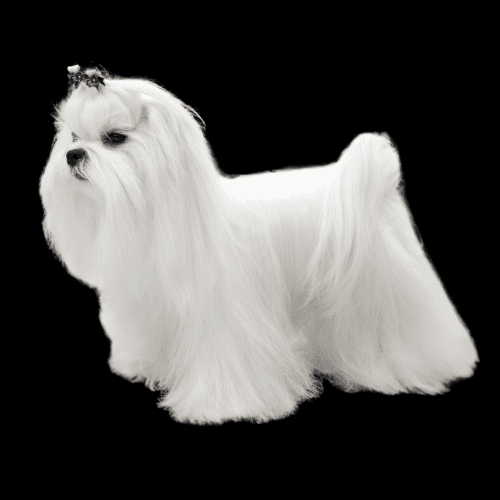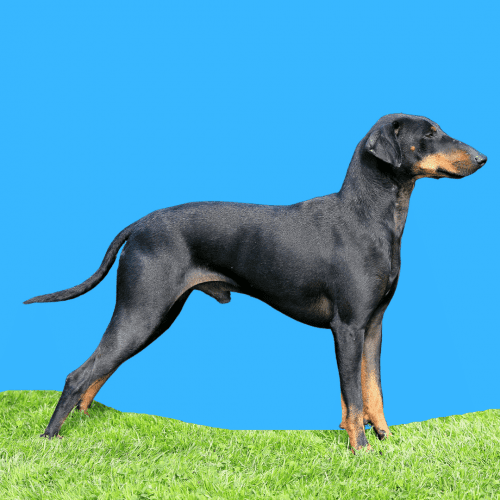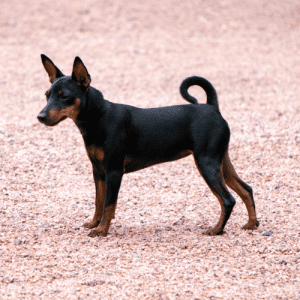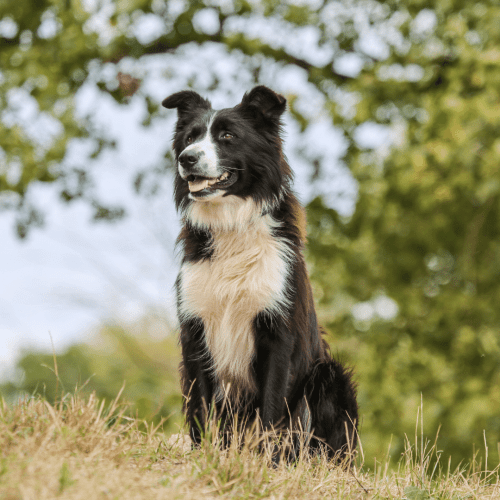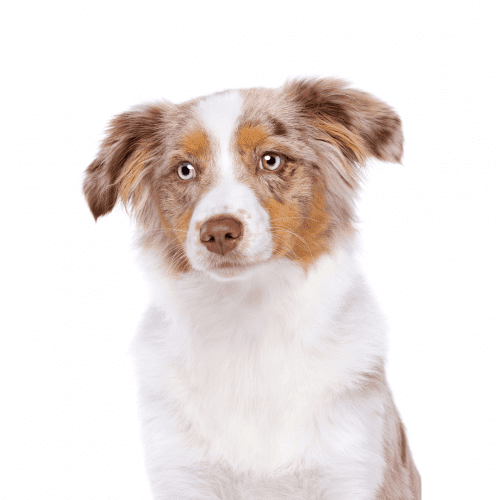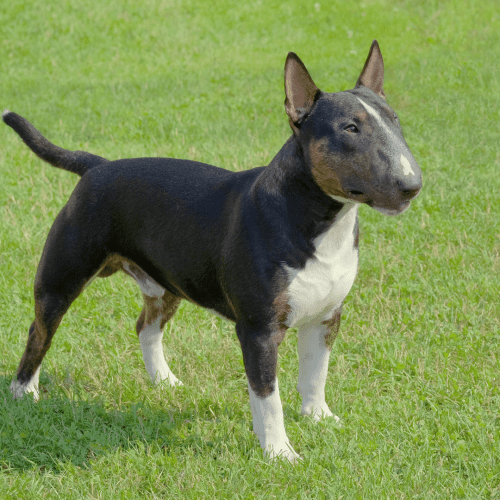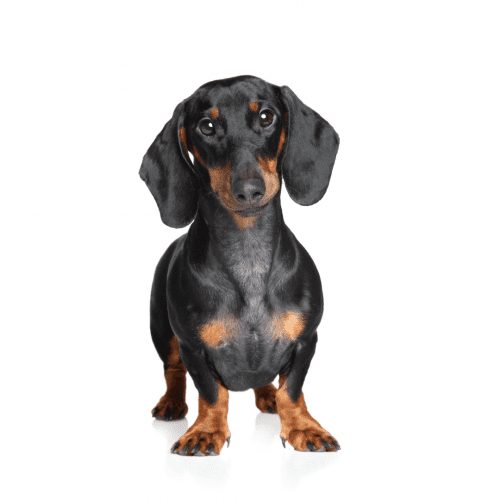Dog breeds starting with the letter “M”.
The Alaskan Malamute Dog Breed
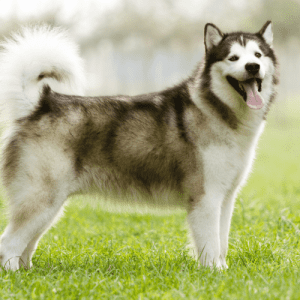
What Is The History Of The Alaskan Malamute Breed?
The Alaskan Malamute is a large dog breed that originated in the Arctic regions of North America. The Malamute’s ancestors were the first dogs to inhabit the Americas, and they were later brought to Alaska by the Inuit people. The Malamute is one of the oldest and most versatile Arctic dog breeds, and they were initially bred for their strength and endurance. Today, the Alaskan Malamute is a popular companion animal and family pet.
What Does An Alaskan Malamute Look like?
Most Alaskan Malamutes will have a thick double coat that is made up of a coarse outer layer and a soft, dense undercoat. The coats can come in various colors, including gray and white, seal and white, sable and white, white and chocolate, black and white, or red and white. The fur on their tail is often longer and bushier than the rest of their coat, and they may have a mane of fur around their neck. While they do shed, they are not considered to be a heavy-shedding breed.
How Big Is An Adult Alaskan Malamute?
An adult male Alaskan Malamute can weigh anywhere from 79 to 95 pounds, while a female typically weighs between 71 and 84 pounds. However, the breed has some variation in size, so some dogs may be larger or smaller than these average weights. Regarding height, males typically stand about 26 inches tall at the shoulder, while females are typically smaller, standing about 24 inches tall. Again, individual dogs may vary in height. Overall, Alaskan Malamutes are large dogs with a sturdy, muscular build. They are not a small breed!
Are There Other Dog Breeds Related To The Alaskan Malamute?
Yes, there are other dog breeds related to the Alaskan Malamute. Some other breeds include the Samoyed, the Siberian Husky, and the American Eskimo Dog. All of these breeds share some common ancestry with the Alaskan Malamute and have similar physical characteristics and temperaments. However, each breed has its unique history and personality.
What Is The Life Expectancy Of An Alaskan Malamute?
Alaskan Malamute live typically around 10-12 years, though some have been known to live up to 16 years or more. While their lifespan is comparable to that of many other breeds, their size and strength make them one of the most versatile and durable working dogs. With proper care and nutrition, your Alaskan Malamute can enjoy a long, healthy life by your side.
Can An Alaskan Malamute Be Trained?
Yes, an Alaskan Malamute can be trained. However, it is vital to remember that this breed is not typically suited for obedience training or precision. Instead, Alaskan Malamutes are best trained for dog sports such as weight pulling, carting, and skijoring. These activities allow the dog to use its natural strength and endurance and are often more motivating than traditional obedience training exercises. When training an Alaskan Malamute, it is crucial to use positive reinforcement techniques such as food rewards or praise. Punishment will cause the dog to become resentful or anxious. An Alaskan Malamute can be an obedient and well-mannered companion with patient and consistent training.
What Are Some Interesting Facts About An Alaskan Malamute?
1. Alaskan Malamutes are one of the oldest dog breeds, with origins dating back thousands of years.
2. The Mahlemut Inupiat people of Alaska originally bred them for use as sled dogs and working dogs.
3. Alaskan Malamutes are among the most versatile dog breeds that excel at various tasks.
4. They are large dogs, with males standing up to 26 inches tall at the shoulder and females up to 24 inches tall.
5. Alaskan Malamutes are known for their thick, double coats, which can be either short or long.
6. They come in various colors, including black, gray, red, and white.
7. Alaskan Malamutes are considered very intelligent dogs and often easy to train.
8. They are also very friendly and good with children.
9. Alaskan Malamutes are active dogs and need a fair amount of exercise to stay healthy and happy.
10. They have a lifespan of between 10 and 12 years.
How Does An Alaskan Malamute Interact With People?
The Alaskan Malamute is a friendly and affectionate breed that enjoys being around people. They are known for their loyalty and companionship and make great family pets. They are also very intelligent and can be trained to do various tricks and tasks. However, they can be somewhat stubborn and independent, so it is important to be patient and consistent when training them. They need plenty of exercise and socialization and will thrive in a home with a large yard or other open spaces.


